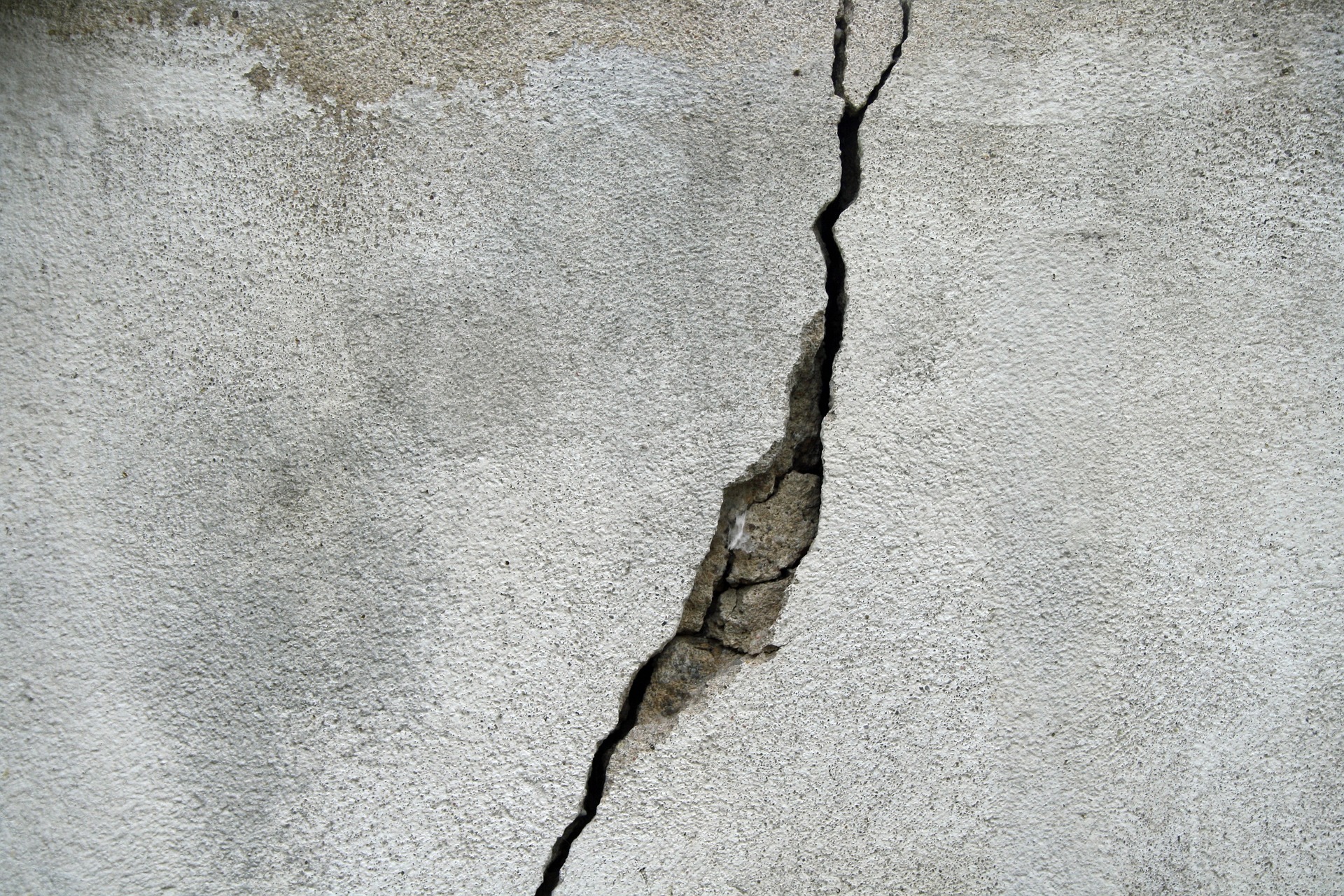Understanding Methods and Materials for Fixing Concrete Cracks
Cracks in concrete surfaces and plaster walls are common issues in homes and commercial buildings. Whether caused by settling foundations, temperature fluctuations, or moisture exposure, these imperfections can worsen over time if left unaddressed. Understanding the repair process, available materials, and proper techniques helps property owners maintain structural integrity and aesthetic appeal.

Understanding How Concrete Cracks Develop
Cracks in concrete develop for various reasons including ground movement, improper installation, freeze-thaw cycles, and natural aging. Small hairline cracks may seem insignificant, but they can allow water infiltration, leading to more extensive damage. Identifying the type and severity of cracks is the first step in determining the appropriate repair method. Surface cracks differ from structural cracks, and each requires specific treatment approaches.
Repair methods range from simple surface filling to more complex structural reinforcement. For minor cosmetic cracks, epoxy or polyurethane-based fillers work effectively. Deeper or wider cracks may require routing and sealing, while structural cracks might need professional assessment and specialized repair techniques. The choice of repair method depends on crack width, depth, location, and whether the crack is active or dormant.
Selecting the Right Crack Filler
Choosing an appropriate crack filler depends on several factors including crack size, location, and exposure conditions. Epoxy fillers provide strong bonding and work well for structural repairs, creating a rigid seal that restores concrete strength. Polyurethane sealants offer flexibility, making them suitable for cracks that may experience movement. Hydraulic cement expands as it sets, making it effective for stopping active water leaks.
For exterior applications, weather-resistant formulations withstand temperature variations and moisture exposure. Interior repairs may use latex-based fillers that are easier to apply and clean. Crack width determines product selection: hairline cracks under one-eighth inch often require liquid crack sealers, while wider gaps need thicker paste or mortar-based fillers. Surface preparation, including cleaning and removing loose material, ensures proper adhesion regardless of the filler type chosen.
How to Fix Cracked Plaster Walls At Home
Plaster wall cracks typically result from building settlement, temperature changes, or moisture problems. Small hairline cracks can be repaired using spackling compound or joint compound applied with a putty knife. The process involves cleaning the crack, applying compound in thin layers, allowing each layer to dry, and sanding smooth before painting. For wider cracks, the damaged plaster may need removal before filling.
Larger plaster repairs require mesh tape or fiberglass tape to bridge the gap and prevent re-cracking. Apply a base coat of joint compound over the tape, feathering the edges to blend with the surrounding wall. Multiple thin coats produce better results than one thick application. After the final coat dries completely, sand the area smooth and prime before painting. If cracks indicate structural movement, addressing the underlying cause prevents recurring damage.
Tools and Materials for Effective Repairs
Successful crack repair requires proper tools and materials. Basic supplies include wire brushes or grinders for cleaning cracks, putty knives or trowels for application, and mixing containers for prepared fillers. Safety equipment such as gloves, eye protection, and dust masks protects during preparation and application. For concrete repairs, a hammer and chisel help widen narrow cracks to create better bonding surfaces.
Specialized tools improve results for specific repairs. Caulking guns apply tube-packaged sealants smoothly and consistently. Injection systems force epoxy or polyurethane deep into structural cracks. Concrete grinders create clean, uniform crack edges for professional-looking repairs. Having the right tools readily available streamlines the repair process and improves final outcomes.
Cost Considerations for Repair Materials and Services
Repair costs vary significantly based on crack severity, location, and whether homeowners perform the work themselves or hire professionals. DIY repairs using basic crack fillers typically cost between $10 and $50 for materials covering small areas. Mid-range polyurethane or epoxy products range from $30 to $100 per container. Professional repairs involve labor costs in addition to materials, with simple crack filling starting around $200 to $500 for small projects.
Extensive structural repairs or foundation crack repairs can cost significantly more, ranging from $500 to several thousand dollars depending on project scope. Geographic location, accessibility, and contractor experience influence pricing. Many contractors provide free estimates, allowing property owners to compare options before committing.
| Repair Type | Material/Service | Cost Estimation |
|---|---|---|
| DIY Hairline Crack Repair | Basic crack filler compound | $10 - $30 |
| DIY Wide Crack Repair | Epoxy or polyurethane sealant | $30 - $100 |
| Professional Surface Repair | Labor and materials for minor cracks | $200 - $500 |
| Professional Structural Repair | Assessment, materials, and labor | $500 - $3,000+ |
| Plaster Wall Repair | Joint compound and supplies | $15 - $50 |
Prices, rates, or cost estimates mentioned in this article are based on the latest available information but may change over time. Independent research is advised before making financial decisions.
Preventing Future Cracks
Prevention strategies reduce the likelihood of new cracks forming. Proper drainage around foundations diverts water away from concrete structures, minimizing moisture-related damage. Control joints in concrete slabs provide predetermined breaking points, directing cracks to less visible locations. Maintaining consistent moisture levels in plaster walls through proper ventilation and humidity control prevents expansion and contraction that causes cracking.
Regular inspections identify minor issues before they become major problems. Sealing concrete surfaces with appropriate coatings protects against moisture penetration and freeze-thaw damage. For plaster walls, addressing water leaks promptly and maintaining stable indoor temperatures reduces stress on wall surfaces. Taking preventive measures extends the life of repairs and maintains structural integrity over time.
Addressing concrete and plaster cracks promptly preserves both structural soundness and visual appeal. Whether tackling repairs independently or hiring professionals, understanding available materials, proper techniques, and cost factors enables informed decisions. Regular maintenance and preventive care minimize future repair needs and protect property value.




